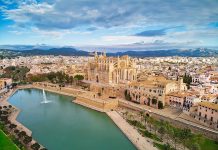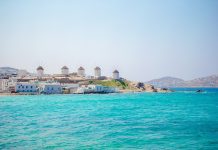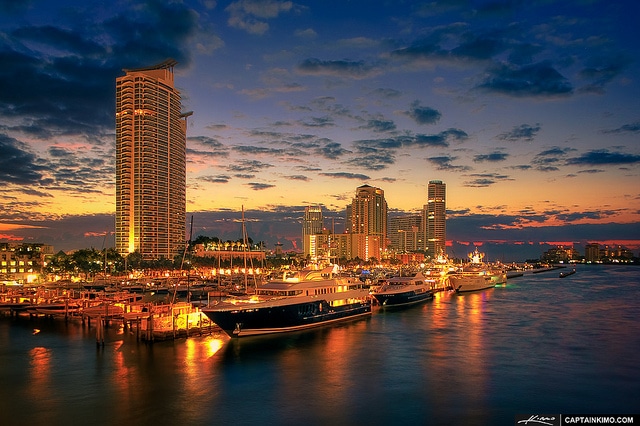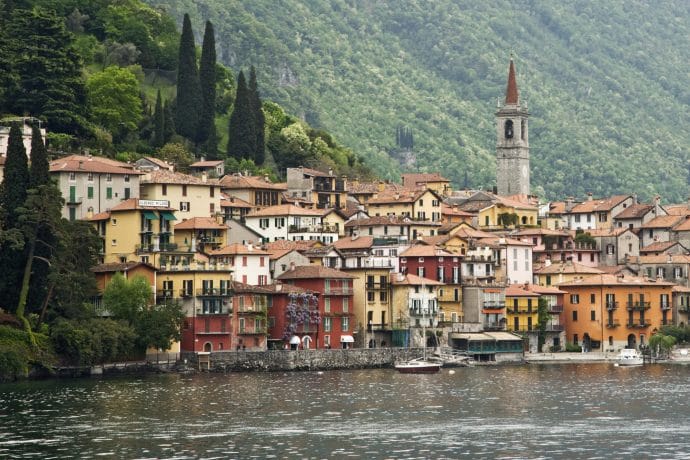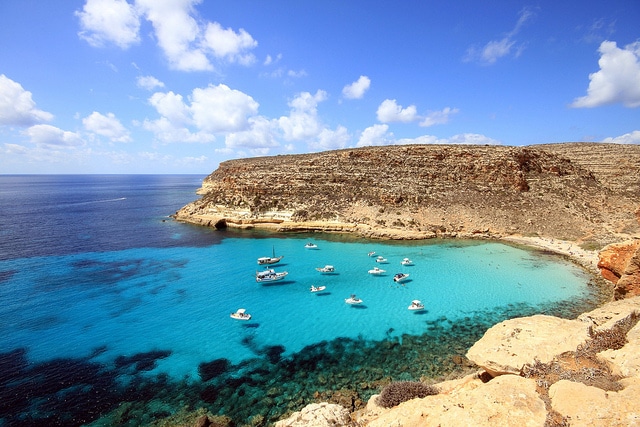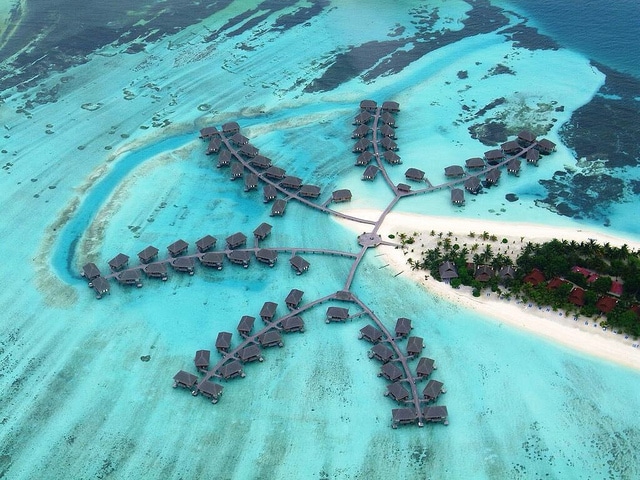The first impression of Ladakh is its silence. Arriving in Leh, the small capital of the region, I noticed how still the air felt compared with Indian cities further south. The mountains rise on all sides, bare and sharp, their colors shifting from brown to orange depending on the light. I had come for ten days to walk the Markha trek, one of the most popular routes in Ladakh, but those first hours were about adjusting to the altitude and letting the slow rhythm of the place sink in.
Starting Out in Ladakh’s Markha Valley
The trek begins outside Leh, after a short drive into a valley where a narrow river flows between cliffs. The first day was easy, more of a walk than a climb, with villages spread along the river. Each village had whitewashed houses, a few fields of barley, and a line of prayer flags. It felt both remote and welcoming. Nights were spent in homestays, where families served butter tea and simple meals of rice, lentils, and vegetables.
Into the Valley
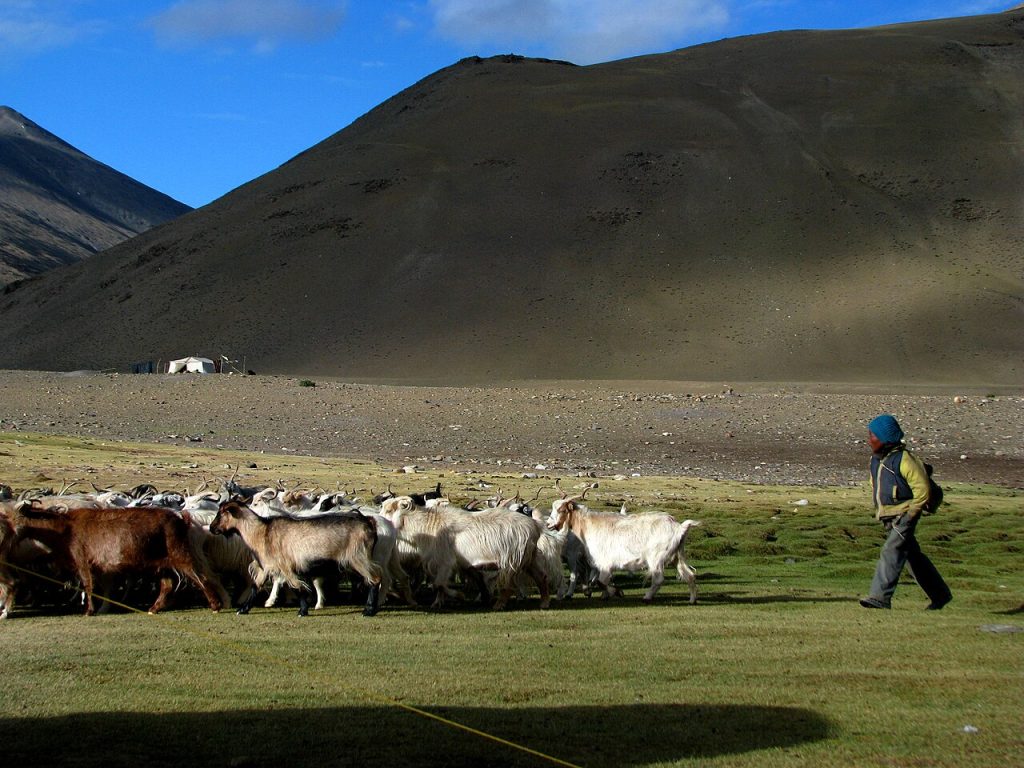
As the trail went deeper, the landscape changed. The valley grew wider and the mountains around us higher. Some days followed the river, which had to be crossed on wooden bridges or sometimes on stepping stones. Other days the path climbed up hillsides before dropping again to the water. The altitude was never extreme at first, but I felt the thinner air and had to walk more slowly than I was used to.
The rhythm of the trek became familiar: walking in the morning, resting in the shade at midday, then walking again in the afternoon. Evenings were spent with other trekkers, sharing stories and tea while the sun went down and the temperature dropped quickly.
High Passes
The hardest days came near the end of the trek. The valley eventually narrows and the trail climbs to passes above 4,800 meters. The highest point, Kongmaru La, is close to 5,200 meters. Crossing it required a slow, steady pace, with short stops to catch breath. The view from the top was wide and cold, with snow still covering distant peaks.
That day left a strong memory. The climb was demanding, yet there was a sense of being far from the modern world, surrounded only by wind, stone, and sky. Going down the other side, colorful rocks spread across the mountainside, painted red and purple by minerals.
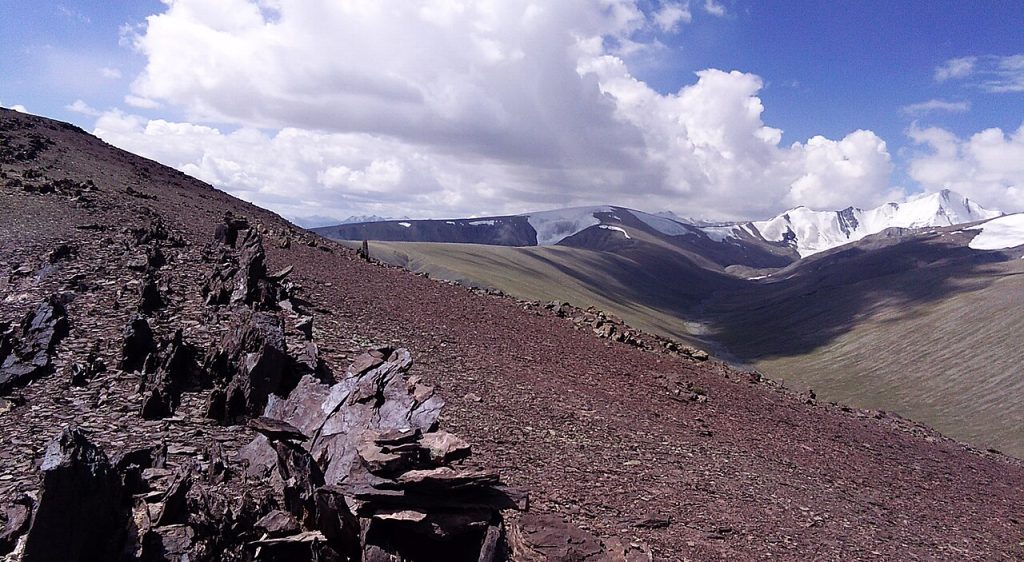
Villages and People
What struck me most on the trek was the contrast between the harsh landscape and the warmth of the villages. Even in the smallest hamlets, people offered tea, sometimes refusing payment. In one village, children followed us, curious about where we came from. In another, we stayed in a home where the kitchen was decorated with copper pots that caught the firelight at night.
Walking through these villages gave the trek a human side. The Markha trek is not only about wild mountains but also about the small communities that live in them, farming at altitudes where few others could.
Wildlife and Silence
Ladakh is often called a high-altitude desert, and during the trek it was easy to see why. Days passed without a tree in sight, only shrubs and grass near streams. Yet life was there: marmots stood on their hind legs near their burrows, blue sheep moved across slopes, and once I saw the outline of a large bird circling high above, maybe a lammergeier.
At night, the silence was complete. Without traffic, phones, or electric noise, only the sound of the river and sometimes the wind filled the valley. The stars were clear, the Milky Way visible across the sky.
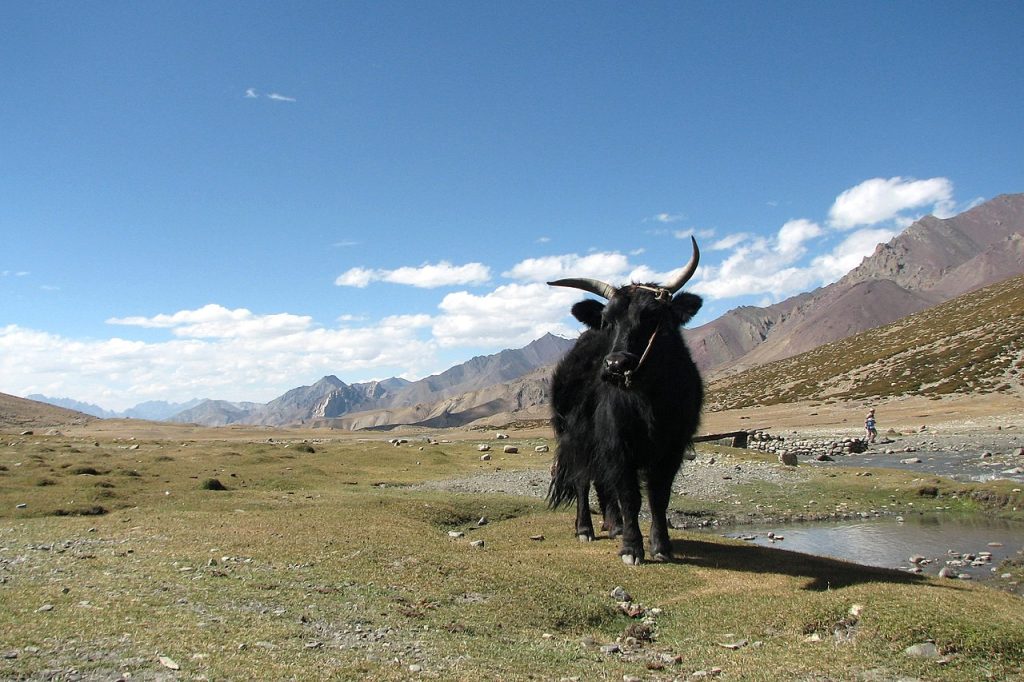
Returning to Leh
After ten days, the trek ended with a drive back to Leh. Returning to the small town after days in the mountains felt strange at first, but it was also a chance to enjoy comfort again. Cafes in Leh serve good coffee and bakeries offer fresh bread, reminders of the old trade routes that once crossed this region.
Leh itself is worth time beyond the trek. The town has a palace, monasteries, and markets selling Tibetan crafts. It is also the place to recover after the trail, to sit in a café and look at the mountains from a distance.
Planning a Visit
The best time to visit Ladakh is between June and September, when the high passes are free of snow and the weather is stable. Outside these months, heavy snow closes roads and trekking routes. Even in summer, nights are cold and altitude is a challenge, so time to acclimatize in Leh is essential before starting any trek.
Guides and homestays make the Markha Valley accessible even to those with limited trekking experience, but it is still important to be prepared for long days of walking and high passes.
Beyond Ladakh
A journey to Ladakh can easily be combined with travel in other parts of India. Flights from Leh connect to Delhi, from where many travelers continue to other states. One popular choice is to combine Ladakh with a tour in Rajasthan. The contrast is striking: after the cold desert of the Himalayas, Rajasthan offers heat, colors, and cities filled with palaces and forts. Jaipur, Jodhpur, Udaipur, Jaisalmer, and Ranthambhore each tell a different story of India’s history, architecture, and wildlife.
Visiting both Ladakh and Rajasthan gives a wider view of the country, showing its extremes of landscape and culture.



